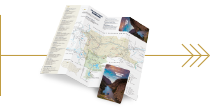Nature’s Bouquet in Yellowstone Country
The first tulip leaves shot up last week. Soon, the hillsides will turn deep green, the trees will bloom their early chartreuse-colored buds, and the wildflowers will start to appear. If you haven’t experienced spring in Yellowstone Country, the wildflowers, in particular, it’s well worth a scenic drive or a leisurely hike to get up close and personal. Some, like the Arrowleaf Balsamroot, blanket the hillsides in bright yellow. Others, such as Yellow Columbine, are more delicate and require a discerning eye. Once you start paying attention, you’ll find yourself scouring the ground cover for these precious gems. We’ve compiled a primer of a few of our favorites to get you started, but the best way to enjoy them is to grab a wildflower identification book and hit the trail!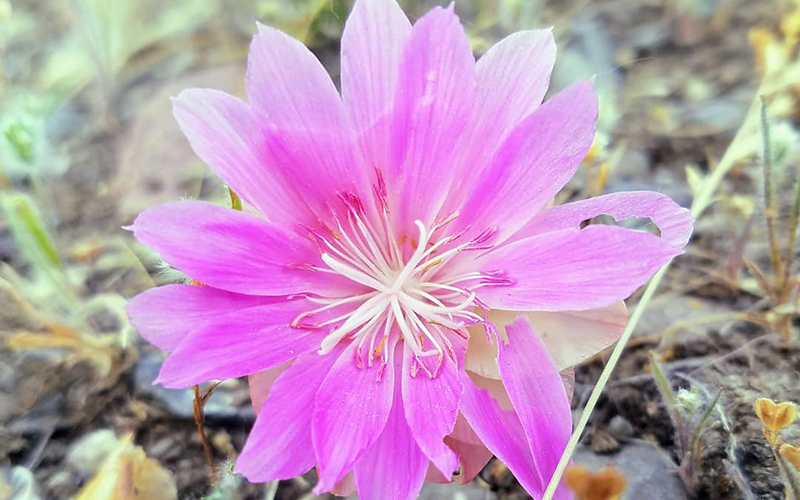
Bitterroot, Photo by @twofishtraveling
One flower loved by Lewis and Clark, the Bitterroot, was part of the samples Meriweather Lewis sent to Thomas Jefferson from the Corps of Discovery. It eventually became the state flower, and the story is quite interesting. In 1894, most significant towns in Montana formed county and community committees to debate which flower Montana should choose. This became one of the first state-wide referendums. Ballots were sent out, and 5,857 people cast votes for 32 different flowers. Bitterroot easily won with 3,621 votes, followed by the evening primrose with 787 votes.
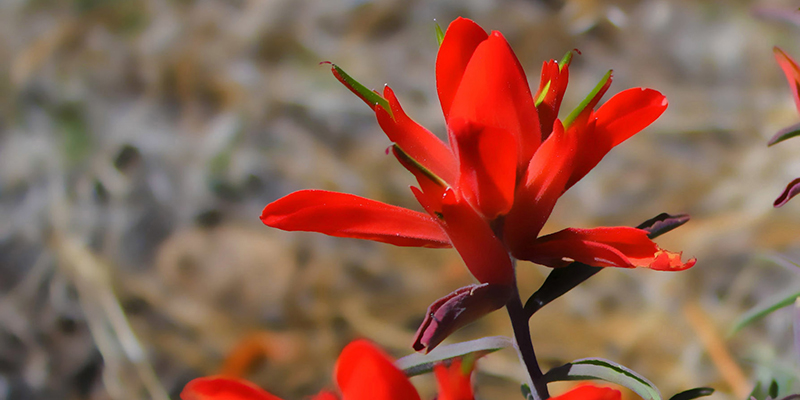
Indian Paintbrush, Photo by Coconino NF Photography
When you see this flower in groups, the color is stunning. There are 200 species of this plant across the U.S. and Asia in various shades, but you’ll most often find bright red and orange around Yellowstone Country. The colorful petals that resemble a paintbrush aren’t the flower. Instead, they are a leafy part of the plant that eventually into the green stems. These flowers are excellent pollinators, full of nectar for bees and hummingbirds. Folklore says the plant was even used for lovesickness!
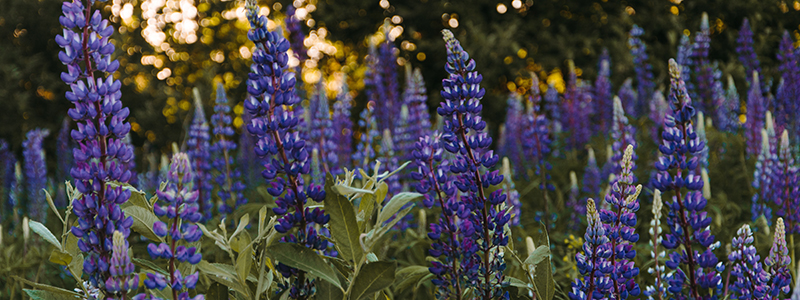
Lupine, Photo by Irina Iriser
One of the more prolific wildflowers, 12 of the 80 species, lives in Montana. Lewis and Clark wrote of the lush lupine fields, which often increase in size and density following a wildfire. Lupine is valuable food and cover for wildlife, including white-tailed deer, upland game birds, and Columbian ground squirrels. However, ripe Lupine seeds contain alkaloids that can become poisonous to most domestic animals. Ranchers know to keep their herds away from the lupine fields until late summer when the seeds have fallen off.
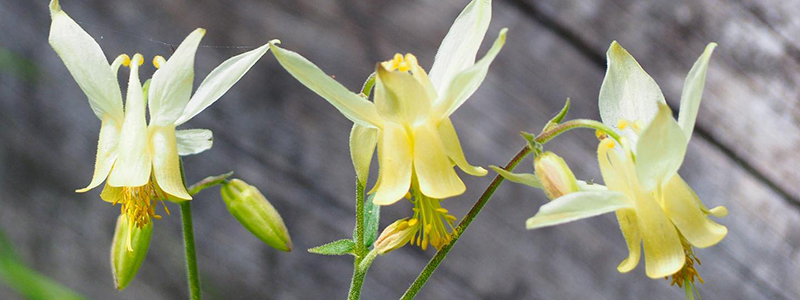
Yellow Columbine, Photo by @michsmitsje
One of Montana gardener’s favorite native perennials, columbine, is as delicate and interesting as they come. They bloom late June through August and can be found in shady spots of meadows and forests, and alpine slopes. Their name comes from Latin for “dove” due to the inverted flowers' resemblance as five doves clustered together.
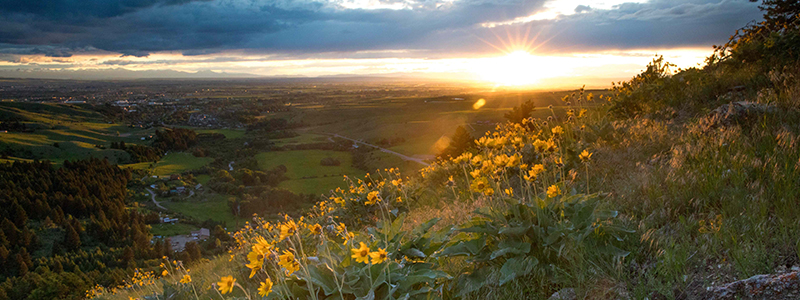
Arrowleaf Balsam Root, Photo by Andy Austin
One of the biggest wildflowers in Yellowstone Country, the stalks can grow up to three feet tall! They are generally found at lower elevations and grasslands and typically bloom May through July. These flowers are rich in protein, making excellent grazing for deer, elk, bighorn sheep, and pronghorn. Every part of the plant is edible, including the root, making it a plant used for food and medicine for thousands of years.
Please note, it’s incredibly tempting to bring home a bouquet of nature’s finest flowers, but we ask that you refrain. These flowers support ecosystems for pollinators, birds and small animals. Their seeds, nectar and pollen are their food supply. Some of these aren’t very mobile, have a very small home range, or depend on just one species of flower to survive. And, most wildflowers wilt shortly after picking anyway, so enjoying them in their natural setting is the best way!
